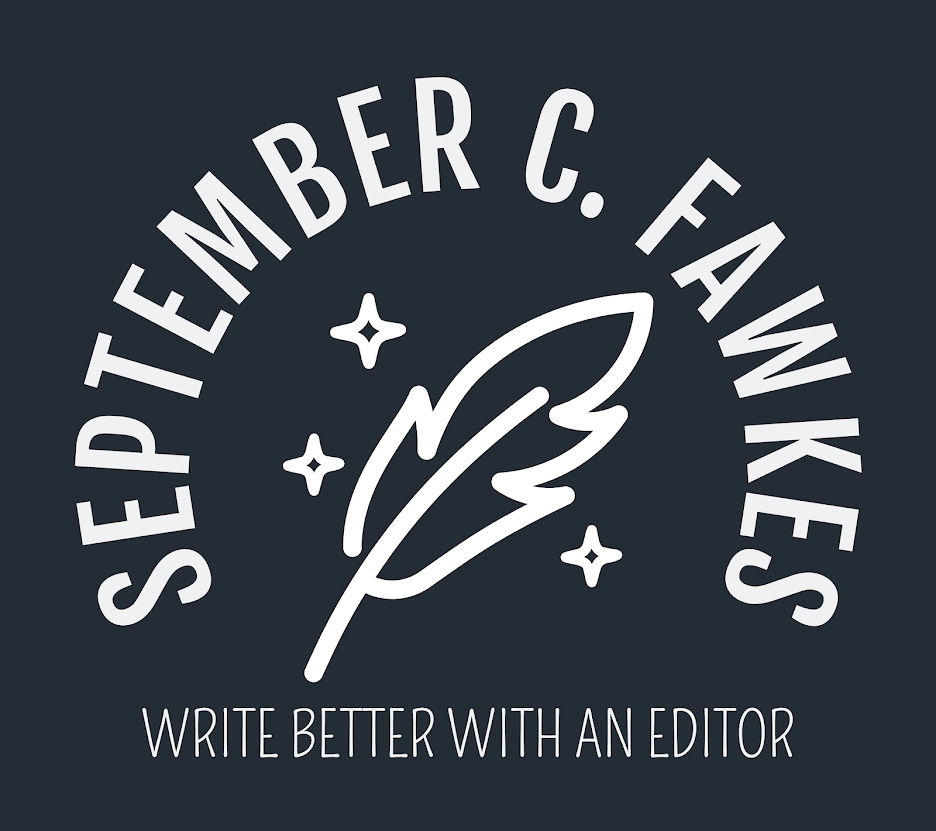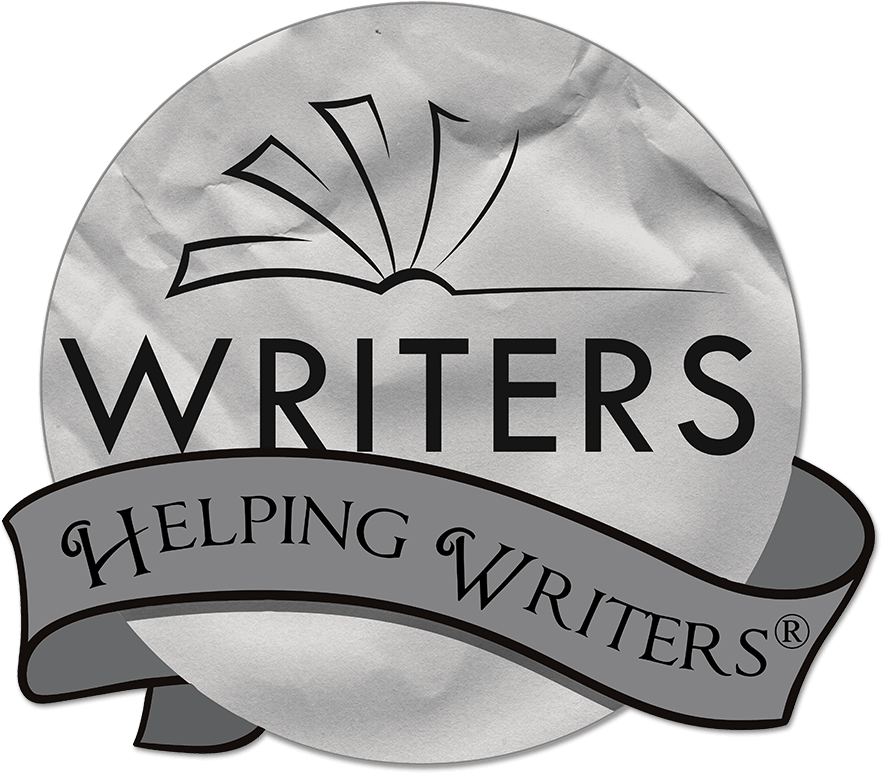Some of you may have heard of Dramatica, but for those unfamiliar with it, Dramatica is a (rather comprehensive) theory about storytelling--what a story needs, to be most successful. One of the things that sets Dramatica apart from other approaches, is that Dramatica looks at the story as a representation of an argument within the human mind. The story itself represents how our minds solve problems.
Might sound a little strange when you first hear the concept, but it's rather impressive. In order for a story to feel satisfyingly "complete," it must include all points and parts that we would naturally consider when trying to solve a problem.
When it comes to characters, these parts are divided into several archetypes.
Archetypes (in this context) are recurring characters that you can trace way back into myths, and many of them are instantly recognizable to audiences (such as, say, the wise, old mentor figure). Dramatica has its own categories, but each perspective needs to be included for the story's argument to feel complete. If one of these character functions is missing from your story, the book may feel . . . unfulfilling.
So with that said, I'd like to share these with you today, along with some methods to help take them to the next level in your story.
The first two listed are the most recognizable. The others you've probably seen many times, even if you didn't realize it.
Protagonist
The protagonist is the primary driver of the story, the person who is putting in the most effort to reach the story's goal or reconcile the story problem.
Action Characteristic: Pursues the goal. The traditional Protagonist is the driver of the story: the one who forces the action.
Decision Characteristic: Urges the other characters to consider the necessity of achieving the goal.
Antagonist
The antagonist is directly opposed to the protagonist's efforts. It may be that the protagonist has a goal and plan, and the antagonist comes along and tries to thwart it, but it can also work the other way, and start with the antagonist. The antagonist has a goal and plan, and the protagonist comes along and tries to thwart it. Whatever the case, their goals are direct opposites, so they are in a sort of tug-of-war.
Action Characteristic: The Antagonist physically tries to prevent or avoid the successful achievement of the goal by the Protagonist.
Decision Characteristic: The Antagonist urges the other characters to reconsider the attempt to achieve the goal.
Reason
The reason character is "calm, collected, and cool, perhaps even cold." In the overall story argument, this character makes decisions based only on logic. They are very organized and calculated. In fact, maybe so much so that they seem to lack humanity. As a result, they may hurt others unknowingly and have difficulty finding support for their well-thought plans. This leads to their logic sometimes being wasted.
Action Characteristic: This character is very calm or controlled in its actions.
Decision Characteristic: It makes its decisions on the basis of logic, never letting emotion get in the way of a rational course.
Emotion
Just as the protagonist and antagonist counterbalance each other, the emotion character counterbalances the reason character. They aren't enemies necessarily, or good vs. evil necessarily, but just opposites, with neither actually being "better" than the other (though they will likely be in conflict). In real life, we need both reason and emotion to make smart decisions, which is why we need both in the story--it mimics what happens in our own minds.
The emotion character is quick to show and act on emotion. They may get angry or sad easily, but they are also empathetic. They make choices based on the heart. Typically, they will be frenetic and disorganized, and sometimes lash out. Because of this, they may waste their energy by going in "so many directions that [they end] up running in circles and getting nowhere."
Action Characteristic: The Emotional character is frenzied or uncontrolled in its actions.
Decision Characteristic: It responds with its feelings with disregard for practicality.
Sidekick
The sidekick character represents confidence. They are very loyal and supportive, usually to the protagonist, but they may be paired with someone else, like the antagonist, or even just be attached to an idea. The point is that they represent those qualities in the story argument or in our own minds. They are completely faithful to who or what they believe in.
Action Characteristic: The Sidekick supports, playing a kind of cheering section.
Decision Characteristic: It is almost gullible in the extent of its faith—in the goal, in the Protagonist, in success, etc.
Skeptic
Opposing that, we have the skeptic, who is just what it sounds. The skeptic's job is to question and cast doubt. "Where the Sidekick has faith, the Skeptic disbelieves; where the Sidekick supports, the Skeptic opposes." Whatever is presented in the story, they will probably be against it. In our own minds, skepticism helps us foresee potential failures, while in contrast, confidence helps us see potential successes.
Action Characteristic: The Skeptic opposes—everything.
Decision Characteristic: It disbelieves everything, doubting courses of action, sincerity, truth—whatever.
Guardian
This is a very familiar archetype. The guardian character is the mentor character. This character offers wisdom and direction. They help the protagonist overcome the obstacles in their path and guide them towards the proper way to success (the moral way). In our story arguments and in our own minds, the guardian represents the conscience.
Action Characteristic: The Guardian is a helper who aids the efforts to achieve the story goal.
Decision Characteristic: It represents conscience in the mind, based upon the Author’s view of morality.
Contagonist
This is a term coined by Dramatica for the character opposite of the guardian. Where the guardian seeks to morally guide the protagonist toward success, the contagonist seeks to tempt them by luring them away from it. The guardian speeds up the journey to success, but the contagonist slows it. This might be done by placing obstacles in the protagonist's way and/or heckling them. Or it might be done by enticing them toward a different path.
The contagonist functions a little differently than the antagonist though. The antagonist seeks to completely defeat the protagonist in the overall problem, but the contagonist intends to delay or divert the protagonist.
Contagonists are usually attached to the antagonist, but they can also be attached to other people or ideas. Together, the guardian and the contagonist represent the conflict in our own minds between our conscience for doing what is right and our temptations for instant gratification.
Action Characteristic: The Contagonist hinders the efforts to achieve the story goal.
Decision Characteristic: It represents temptation to take the wrong course or approach.
***
Including each of these archetypes means fully representing the arguments in our own minds; it means having a "complete" argument in the story. We have all aspects of that human experience and their oppositions.
Protagonist vs. Antagonist
Reason vs. Emotion
Sidekick vs. Skeptic
Guardian vs. Contagonist
Keep in mind that you can mix and match who these characters are connected to. Typically we think of a sidekick being connected to the protagonist, but you can attach them to someone else. The contagonist is usually the antagonist's second-in-command, but you can attach them to the protagonist--maybe as a younger sibling or a lover.
Creating Complex Characters
With all that said, if you have a cast of characters who match all the archetypes exactly, you can run into simplistic or flat characters. Dramatica explains that one way to make characters complex is to mix and match their functions. The point of the archetypal characters isn't that you need a separate character for each function, but rather, you want to make sure each function is manifested in the cast.
Complex characters often come from contradictions and inconsistencies (thank you for validating my opinions on that Dramatica). A character who is a skeptic sidekick is complex--how can someone be both faithful and faithless? Well, exploring that gap is where complexity resides. Maybe they have always been the sidekick, but are now becoming skeptical of their friend's plans. Smashing together opposite functions also increases conflict within the character. A character who is functioning as both a sidekick and skeptic is going to be having some inner turmoil. Likewise, a guardian who is a skeptic is interesting. Or a protagonist who is driven primarily by emotion, and therefore makes rash decisions or illogical ones (something they may need to work on in their character arc) is interesting. Or maybe a guardian turns out to be the antagonist.
You can also play around with the action and decision elements to an extent. You can have a character who makes decisions based on feelings but is still very calm and controlled, for example.
When you understand the archetypal functions, you can make meaningful decisions on how to distribute them into your cast of characters, while also making sure every aspect of the argument is met.
Drivers and Passengers
To take this a step further, Dramatica explains that some archetypes are drivers of the story and others are passengers, or rather, like back-seat drivers, influencing and telling the drivers what to do.
Drivers
Protagonist vs. Antagonist
Guardian vs. Contagonist
The drivers' interactions thrust the plot directly forward, in major ways. "Whatever the object of their efforts, Protagonist will be trying to achieve it, Antagonist will be trying to prevent its achievement, Guardian will act to aid the achievement, and Contagonist will act to hinder (although Guardian and Contagonist may not be directly concerned with the goal itself or even each other)."
Remember, this is not based on how these characters see themselves and the story, but rather how the audience sees them affecting the story.
Passengers
Reason vs. Emotion
Sidekick vs. Skeptic
The passengers influence their drivers. This is Hermione and Ron influencing Harry. Peeta and Gale influencing Katniss. They aren't the main drivers, but they are the back-seat drivers shouting directions. "If not for the Drivers, the Passengers would not even be involved with the problem."
The Four Dimensions
Above, you'll notice I included the "actions" and "decisions" each archetype has. This makes up their motivations.
But this is only one character dimension. Dramatica breaks each archetype into four dimensions:
- Motivation
- Purpose
- Evaluation
- Methodology
You can also create complex characters by mixing and matching these dimensions. For example, you may have a guardian who is motivated to help, but his methodology is inaction. How do you help by being inactive? You might wonder. But perhaps it's helpful because the guardian was being an enabler, and by being inactive, he ensures he is not. Or perhaps by getting involved, he will create more problems--draw in more opposing forces. Therefore not acting is actually helping.
The protagonist is usually proactive, but perhaps instead her methodology is protection. Maybe she doesn't necessarily want to overthrow the antagonist, she just wants to survive and protect her loved ones. This is exactly Katniss Everdeen. Sure, she changes as the story progresses, but that is part of her character arc. For most of the series, her method is survival.
This can all get more complex, and surprisingly, you can actually read the entire Dramatica book online for free.
Here is the chapter on characters, if you want to study these concepts in more depth. Otherwise, just remember this: Include all the archetypal functions to create a balanced cast and story.










































































